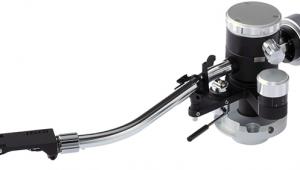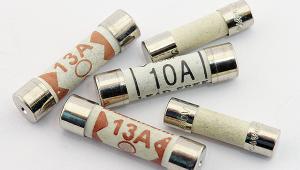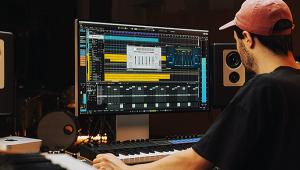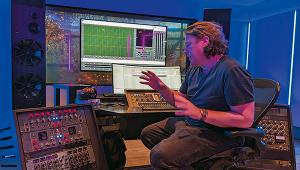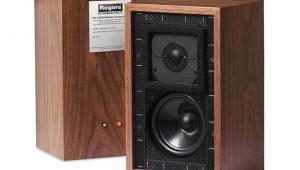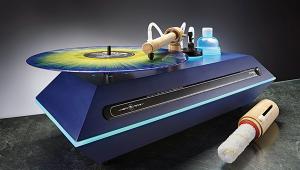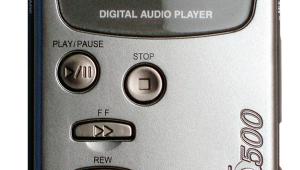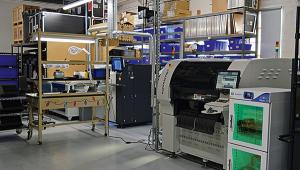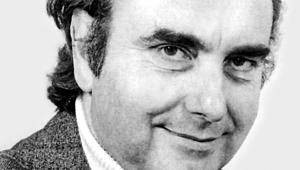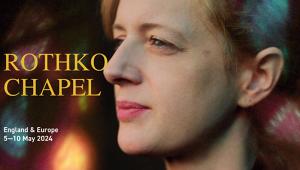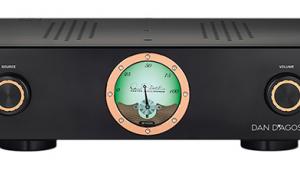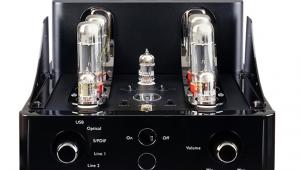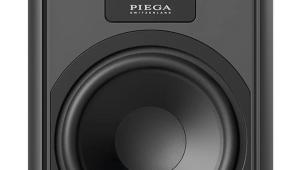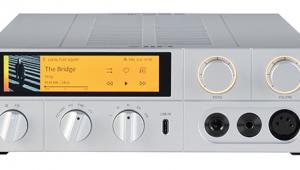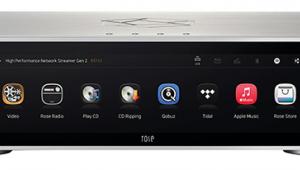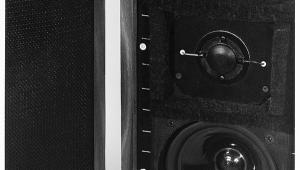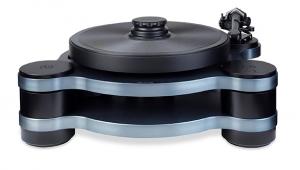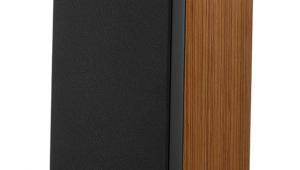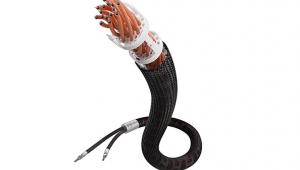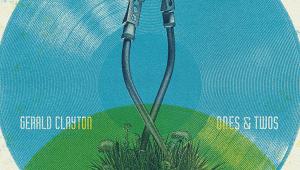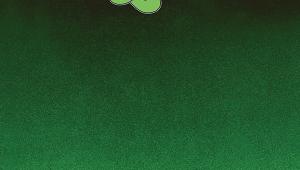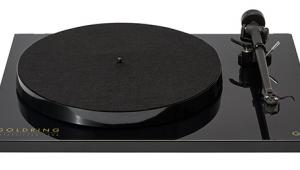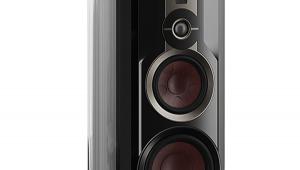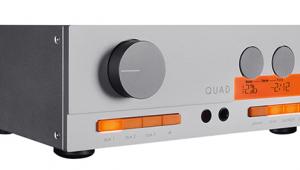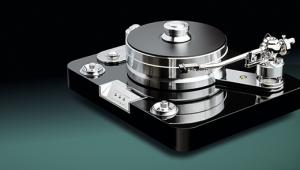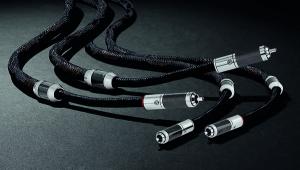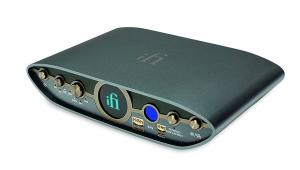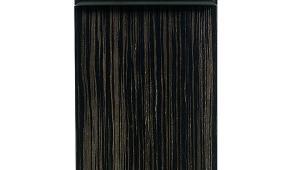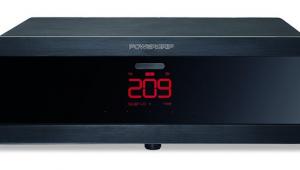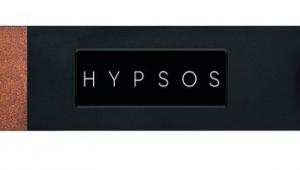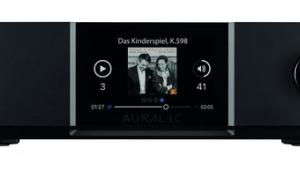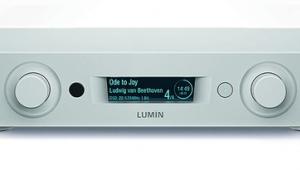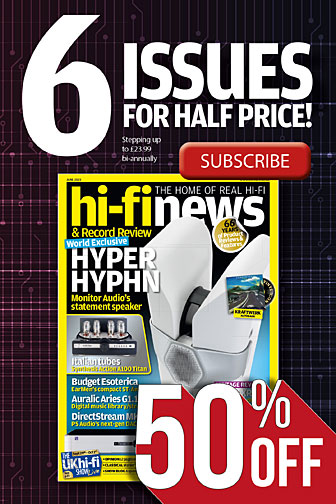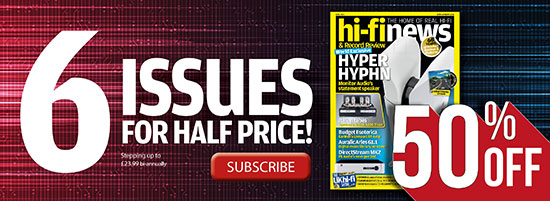SACD and DSD
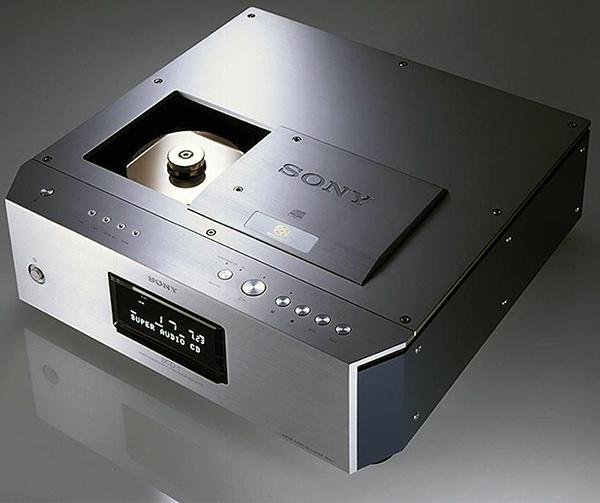
Though it’s been with us for 25 years, the Super Audio Compact Disc has never looked like becoming the replacement for Compact Disc that its originators – Sony and Philips – hoped it would be. But it remains firmly in its niche. And while DSD, the one-bit recording system that’s the basis of SACD, couldn’t challenge the supremacy of multi-bit PCM digital, it’s gone from strength to strength with double-speed (128), quad- speed (256) and even ‘faster’ versions.
Peer pressure
At the beginning SACD didn’t take off because, for the general public, CD was good enough, and the real home entertainment success story of the late 1990s was DVD-Video. For those who did want better sound, DVD-Audio held out the promise of high-resolution audio in stereo and multichannel – yet here were Sony and Philips launching a rival system, creating confusion and a format war. The music industry was facing upheaval anyway. In June 1999 Napster launched its peer-to-peer MP3 file sharing service, which grew to 80 million users before legal action forced it to close in July 2001. By then Apple had launched iTunes, followed by the iPod, and an interlude of chaos gave way to the era of legal, paid-for online music.
DVD-Audio faded despite the 2004 arrival of DualDisc, with hi-res DVD-Audio on one side and CD audio on the other. SACD had the benefit of its smarter dual-layer hybrid, so that an SACD disc could play CD-quality music on any CD player. SACD releases have continued, notably from specialist classical labels, although that scene has changed somewhat. Pentatone was set up in 2001 by three ex-Philips executives to produce multichannel SACDs and did so for 20 years, but now limits its physical media options to CD. In the UK, Chandos will now release an SACD only when this is justified by the existence of a multichannel master, yet Dutton Vocalion still releases multichannel SACDs prolifically. Online classical retailer Presto Music lists more than 4000 SACDs.Sample sounds
As for audiophile reissues, the website of Acoustic Sounds lists more than 1000 SACDs from labels including Analogue Productions and Mobile Fidelity, the latter mainly mastered in DSD256. And now DSD256 is not only a widely used mastering format but also an option for online hi-res users. For newcomers, Blue Coast Records offers free downloads that give you the same song in ten different file formats, including DSD256 and DSD128 as well as the standard DSD64. With these you can easily check a system’s ability to play hi-res files and compare DSD with PCM, as you’ll also have WAV files from 192kHz/24-bit down to 16-bit CD, along with FLAC and MQA.
More adventurous users will download an audio format converter app. One of many vendors is Audiophile Inventory, which along with its AuI converter offers free downloads and links to sources of DSD music. Users are also often encouraged to convert MP3 files to DSD. In one forum discussion, Yuri Korzunov, who launched Audiophile Inventory in 2007, was quick to point out that the converter ‘can’t improve the quality of the audio file itself’. But, he went on, ‘hardware can provide different levels of distortions for different modes (sample rate plus bit depth)’. By choosing the combination of sample rate, bit depth, filter type and optimisation setting you could find the ‘best sounding mode’.
Taking a small MP3 file and making it into a huge DSD256 file still seems to me to be about the most pointless activity imaginable. And yet DSD might have a lot of appeal if you’re seeking a route back towards analogue bliss.
